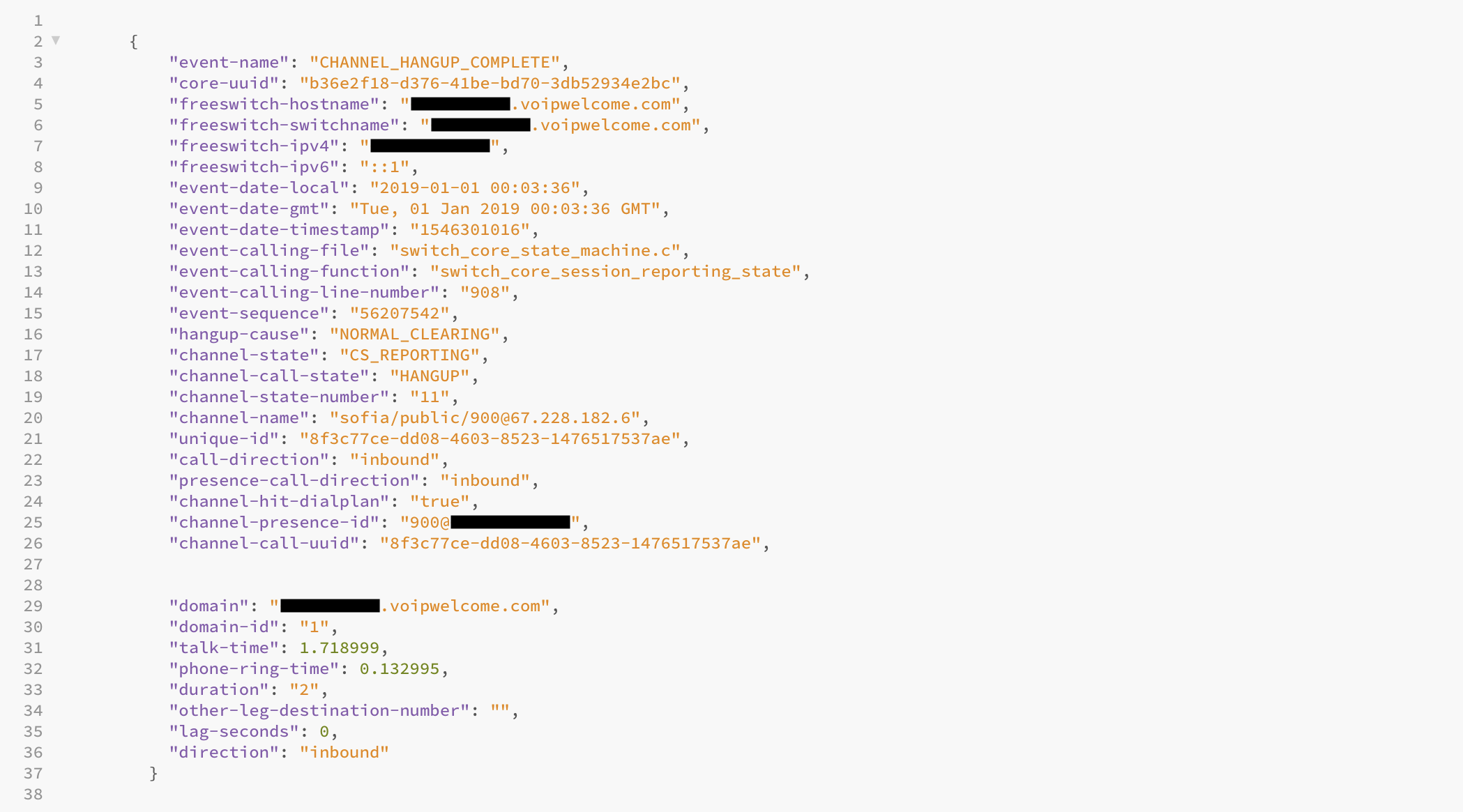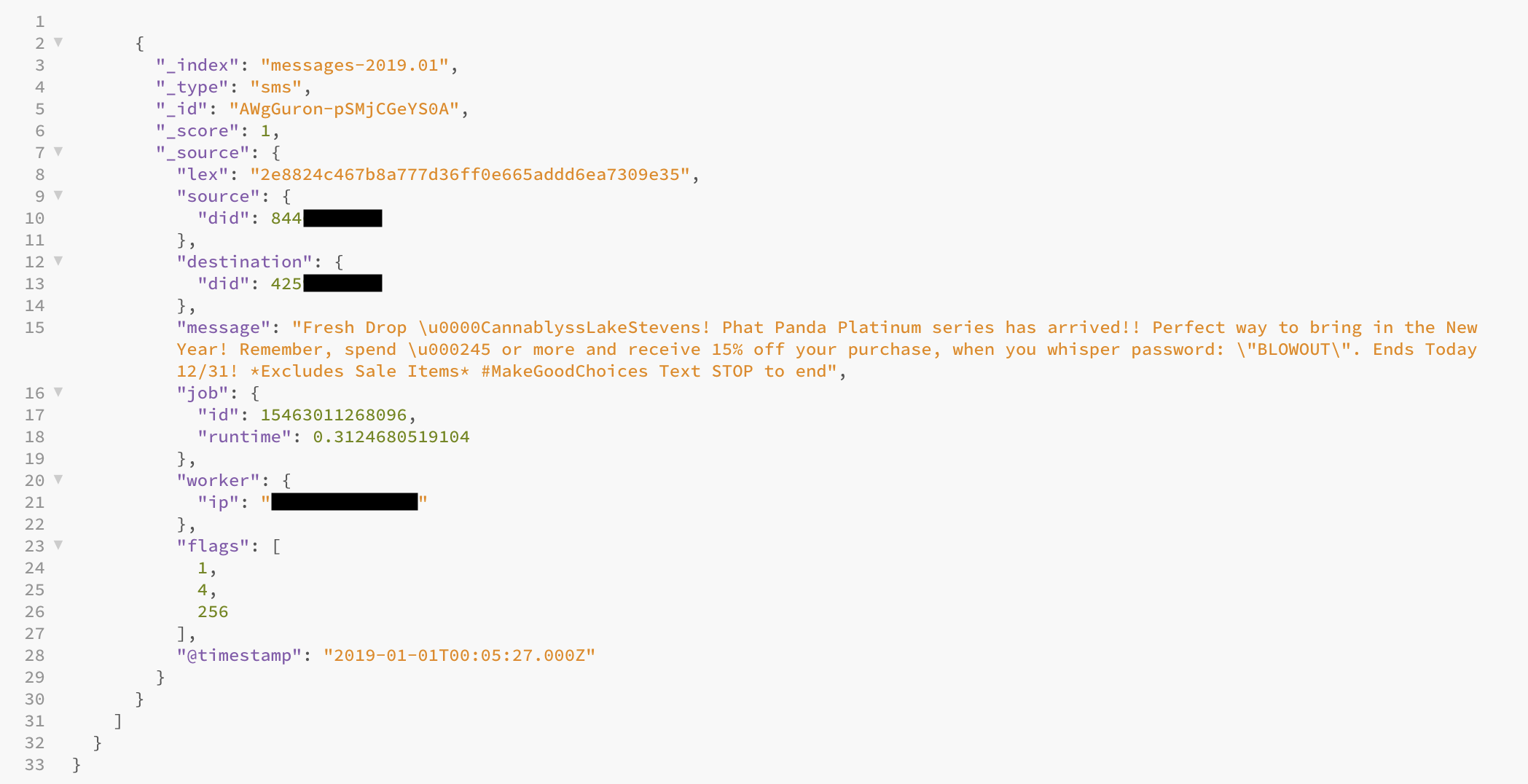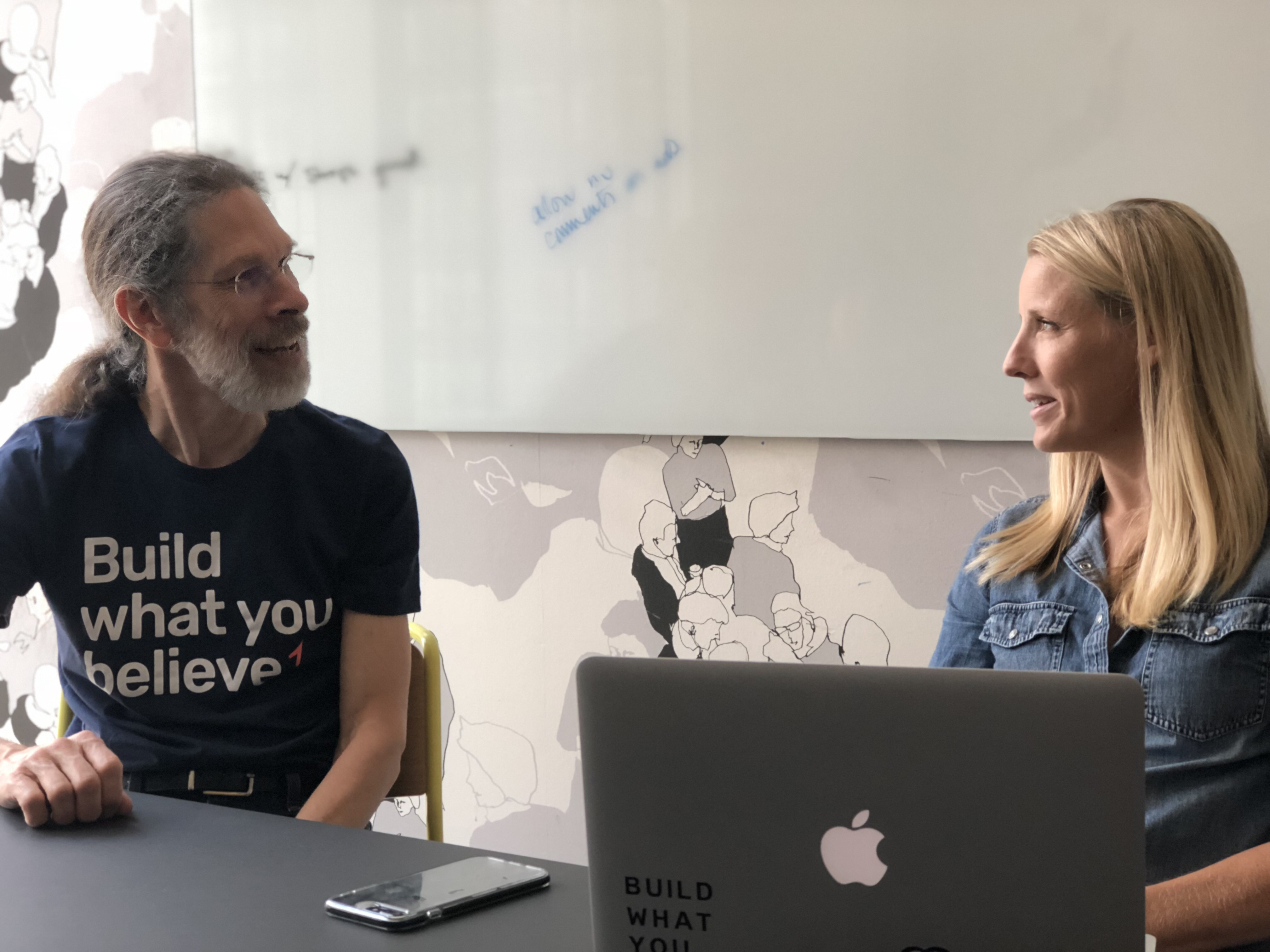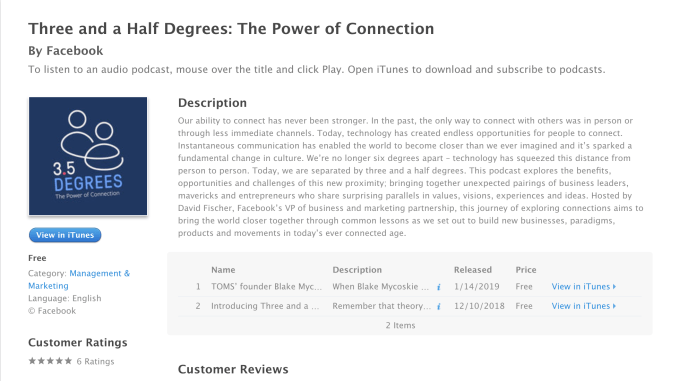Instagram has been earning money from businesses flooding its social network with spam notifications. Instagram hypocritically continues to sell ad space to services that charge clients for fake followers or that automatically follow/unfollow other people to get them to follow the client back. This is despite Instagram reiterating a ban on these businesses in November and threatening the accounts of people who employ them.
A TechCrunch investigation initially found 17 services selling fake followers or automated notification spam for luring in followers that were openly advertising on Instagram despite blatantly violating the network’s policies. This demonstrates Instagram’s failure to adequately police its app and ad platform. That neglect led to users being distracted by notifications for follows and Likes generated by bots or fake accounts. Instagram raked in revenue from these services while they diluted the quality of Instagram notifications and wasted people’s time.

In response to our investigation, Instagram tells me it’s removed all ads as well as disabled all the Facebook Pages and Instagram accounts of the services we reported were violating its policies. Pages and accounts that themselves weren’t in violation but whose ads were have been banned from advertising on Facebook and Instagram. However, a day later TechCrunch still found ads from two of these services on Instagram, and discovered five more companies paying to promote policy-violating follower growth services.
This raises a big question about whether Instagram properly protects its community from spammers. Why would it take a journalist’s investigation to remove these ads and businesses that brazenly broke Instagram’s rules when the company is supposed to have technical and human moderation systems in place? The Facebook-owned app’s quest to “move fast” to grow its user base and business seems to have raced beyond what its watchdogs could safeguard.
Hunting Spammers
I first began this investigation a month ago after being pestered with Instagram Stories ads by a service called GramGorilla. The slicked-back hipster salesmen boasted how many followers he gained with the service and that I could pay to do the same. The ads linked to the website of a division of Krends Marketing where for $46 to $126 per month, it promised to score me 1000 to 2500 Instagram followers.

Some apps like this sell followers directly, though these are typically fake accounts. They might boost your follower count (unless they’re detected and terminated) but won’t actually engage with your content or help your business, and end up dragging down your metrics so Instagram shows your posts to fewer people. But I discovered that GramGorilla/Krends and the majority of apps selling Instagram audience growth do something even worse.
 You give these scammy businesses your Instagram username and password, plus some relevant topics or demographics, and they automatically follow and unfollow, like, and comment on strangers’ Instagram profiles. The goal is to generate notifications those strangers will see in hopes that they’ll get curious or want to reciprocate and so therefore follow you back. By triggering enough of this notification spam, they trick enough strangers to follow you to justify the monthly subscription fee.
You give these scammy businesses your Instagram username and password, plus some relevant topics or demographics, and they automatically follow and unfollow, like, and comment on strangers’ Instagram profiles. The goal is to generate notifications those strangers will see in hopes that they’ll get curious or want to reciprocate and so therefore follow you back. By triggering enough of this notification spam, they trick enough strangers to follow you to justify the monthly subscription fee.
That pissed me off. Facebook, Instagram, and other social networks send enough real notifications as is, growth hacking their way to more engagement, ad views, and daily user counts. But at least they have to weigh the risk of annoying you so much that you turn off notifications all together. Services that sell followers don’t care if they pollute Instagram and ruin your experience as long as they make money. They’re classic villains in the ‘tragedy of the commons’ of our attention.
This led me to start cataloging these spam company ads, and I was startled by how many different ones I saw. Soon, Instagram’s ad targeting and retargeting algorithms were backfiring, purposefully feeding me ads for similar companies that also violated Instagram’s policies.
The 17 services selling followers or spam that I originally indexed were Krends Marketing / GramGorilla, SocialUpgrade, MagicSocial, EZ-Grow, Xplod Social, Macurex, GoGrowthly, Instashop / IG Shops, TrendBee, JW Social Media Marketing, YR Charisma, Instagrocery, SocialSensational, SocialFuse, WeGrowSocial, IGWildfire, and GramFlare. TrendBee and GramFlare were found to still be running Instagram ads after the platform said they’ve been banned from doing so. Upon further investigation after Instagram’s supposed crackdown, I discovered five more services sell prohibited growth services: FireSocial, InstaMason/IWentMissing, NexStore2019, InstaGrow, and Servantify.
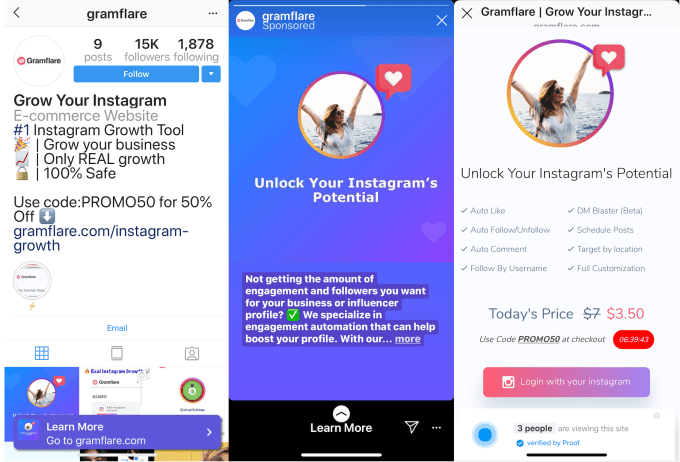
Knowingly Poisoning The Well
I wanted to find out if these companies were aware that they violate Instagram’s policies and how they justify generating spam. Most hide their contact info and merely provide a customer support email, but eventually I was able to get on the phone with some of the founders.
“What we’re doing is obviously against their terms of service” said GoGrowthly’s co-founder who refused to provide their name. “We’re going in and piggybacking off their free platform and not giving them any of the revenue. Instagram doesn’t like us at all. We utilize private proxies depending on clients’ geographic location. That’s sort of our trick to reduce any sort of liability” so clients’ accounts don’t get shut down, they said. “It’s a careful line that we tread with Instagram. Similar to SEO companies and Google, Google wants the best results for customers and customers want the best results for them. There’s a delicate dance” said Macurex founder Gun Hudson.
 EZ-Grow’s co-founder Elon refused to give his last name on the record, but told me “[Clients] always need something new. At first it was follows and likes. Now we even watch Stories for them. Every new feature that Instagram has we take advantage of it to make more visibility for our clients.” He says EZ-Grow spends $500 per day on Instagram ads, which are its core strategy for finding new customers. SocialFuse founder Alexander Heit says his company spends a couple hundred dollars per day on Instagram and Facebook ads, and was worried when Instagram reiterated its ban on his kind of service in November, but says “We thought that we were definitely going to get shut down but nothing has changed on our end.”
EZ-Grow’s co-founder Elon refused to give his last name on the record, but told me “[Clients] always need something new. At first it was follows and likes. Now we even watch Stories for them. Every new feature that Instagram has we take advantage of it to make more visibility for our clients.” He says EZ-Grow spends $500 per day on Instagram ads, which are its core strategy for finding new customers. SocialFuse founder Alexander Heit says his company spends a couple hundred dollars per day on Instagram and Facebook ads, and was worried when Instagram reiterated its ban on his kind of service in November, but says “We thought that we were definitely going to get shut down but nothing has changed on our end.”
Several of the founders tried to defend their notification spam services by saying that at least they weren’t selling fake followers. Lacking any self-awareness, Macurex’s Hudson said “If it’s done the wrong way it can ruin the user experience. There are all sorts of marketers who will market in untasteful or spammy ways. Instagram needs to keep a check on that.” GoGrowthly’s founder actually told me “We’re actually doing good for the community by generating those targeted interactions.” WeGrowSocial’s co-founder Brandon also refused to give his last name, but was willing to rat out his competitor SocialSensational for selling followers.
Only EZ-Grow’s Elon seemed to have a moment of clarity. “Because the targeting goes to the right people . . . and it’s something they would like, it’s not spam” he said before his epiphany. “People can also look at it as spam, maybe.”
Instagram Finally Shuts Down The Spammers
In response to our findings, an Instagram spokesperson provided this lengthy statement confirming it’s shut down the ads and accounts of the violators we discovered, claiming that it works hard to fight spam, and admitting it needs to do better:
“Nobody likes receiving spammy follows, likes and comments. It’s really important to us that the interactions people have on Instagram are genuine, and we’re working hard to keep the community free from spammy behavior. Services that offer to boost an account’s popularity via inauthentic likes, comments and followers, as well as ads that promote these services, aren’t allowed on Instagram. We’ve taken action on the services raised in this article, including removing violating ads, disabling Pages and accounts, and stopping Pages from placing further ads. We have various systems in place that help us catch and remove these types of ads before anyone sees them, but given the number of ads uploaded to our platform every day, there are times when some still manage to slip through. We know we have more to do in this area and we’re committed to improving.”
Instagram tells me it uses machine learning tools to identify accounts that pay third-party apps to boost their popularity and claims to remove inauthentic engagement before it reaches the recipient of the notifications. By nullifying the results of these services, Instagram believes users will have less incentive to use them. It uses automated systems to evaluate the images, captions, and landing pages of all its ads before they run, and sends some to human moderators. It claims this lets it catch most policy-violating ads, and that users can report those it misses.

But these ads and their associated accounts were filled with terms like “get followers”, “boost your Instagram followers”, “real followers”, “grow your engagement”, “get verified”, “engagement automation”, and other terms tightly linked to policy-violating services. That casts doubt on just how hard Instagram was working on this problem. It may have simply relied on cheap and scalable technical approaches to catching services with spam bots or fake accounts instead of properly screening ads or employing sufficient numbers of human moderators to police the network.
That misplaced dependence on AI and other tech solutions appears to be a trend in the industry. When I recently reported that child sexual abuse imagery was easy to find on WhatsApp and Microsoft Bing, both seemed to be understaffing the human moderation team that could have hunted down this illegal content with common sense where complex algorithms failed. As with Instagram, these products have highly profitable parent companies who can afford to pour more dollars in policy enforcement.
Kicking these services off Instagram is an important step, but the company must be more proactive. Social networks and self-serve ad networks have been treated as efficient cash cows for too long. The profits from these products should be reinvested in policing them. Otherwise, crooks will happily fleece users for our money and attention.
To learn more about the future of Instagram, check out this article’s author Josh Constine’s SXSW 2019 keynote with Instagram co-founders Kevin Systrom and Mike Krieger — their first talk together since leaving the company.




 You give these scammy businesses your Instagram username and password, plus some relevant topics or demographics, and they automatically follow and unfollow, like, and comment on strangers’ Instagram profiles. The goal is to generate notifications those strangers will see in hopes that they’ll get curious or want to reciprocate and so therefore follow you back. By triggering enough of this notification spam, they trick enough strangers to follow you to justify the monthly subscription fee.
You give these scammy businesses your Instagram username and password, plus some relevant topics or demographics, and they automatically follow and unfollow, like, and comment on strangers’ Instagram profiles. The goal is to generate notifications those strangers will see in hopes that they’ll get curious or want to reciprocate and so therefore follow you back. By triggering enough of this notification spam, they trick enough strangers to follow you to justify the monthly subscription fee.
 EZ-Grow’s co-founder Elon refused to give his last name on the record, but told me “[Clients]
EZ-Grow’s co-founder Elon refused to give his last name on the record, but told me “[Clients]
